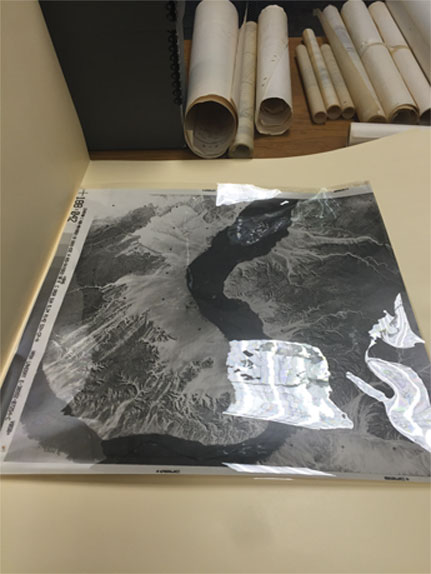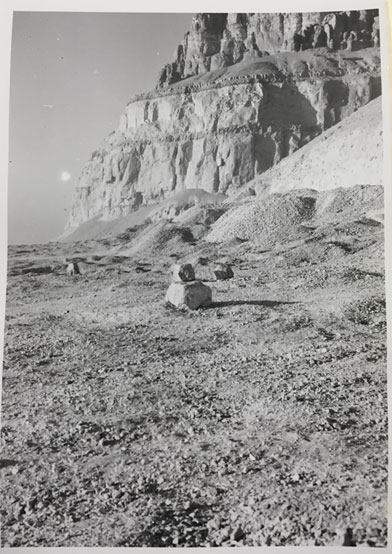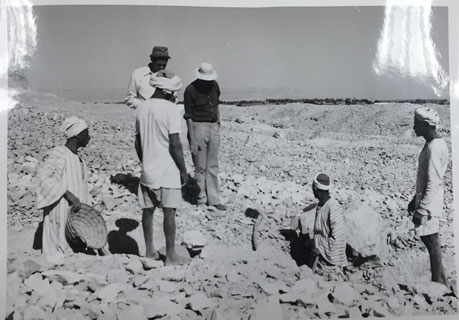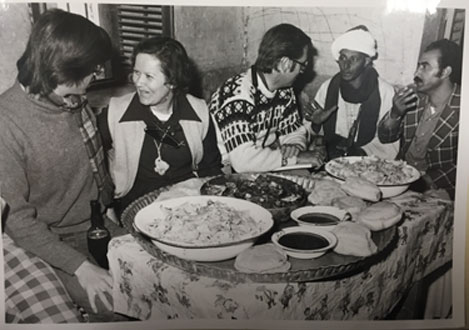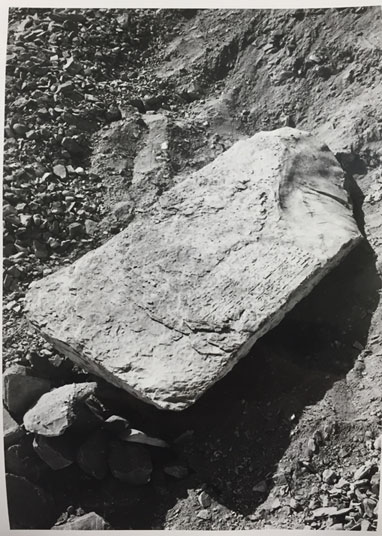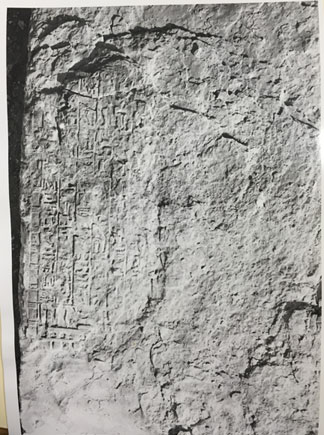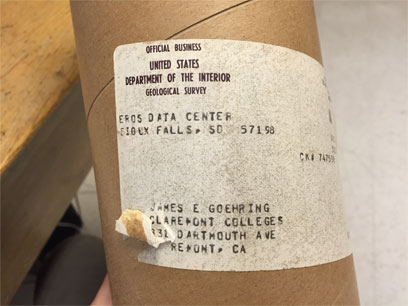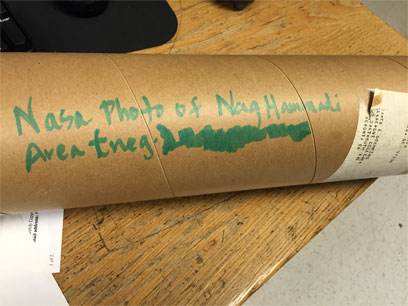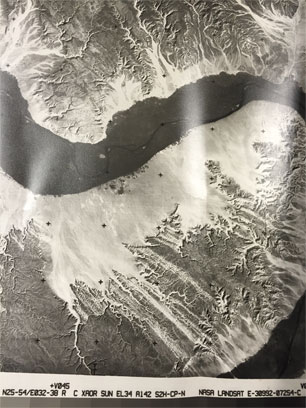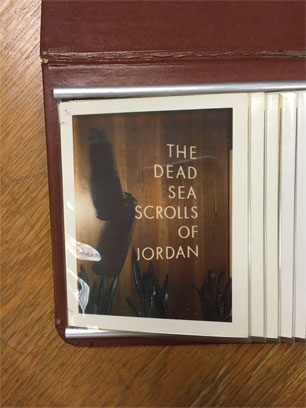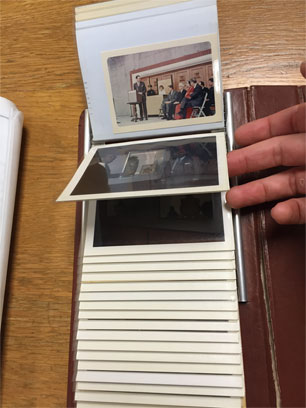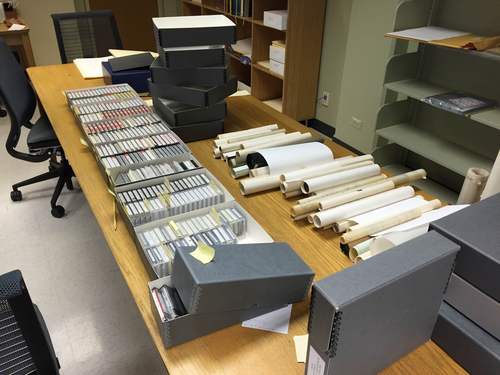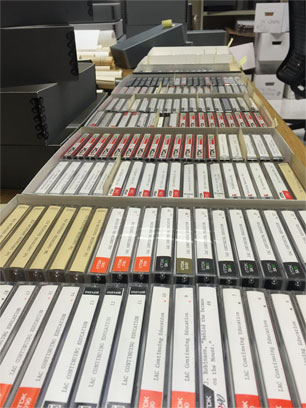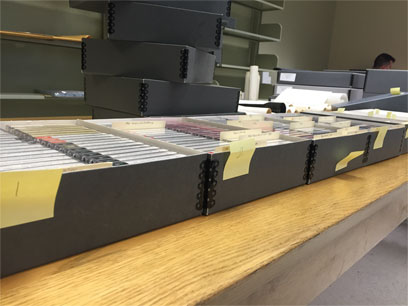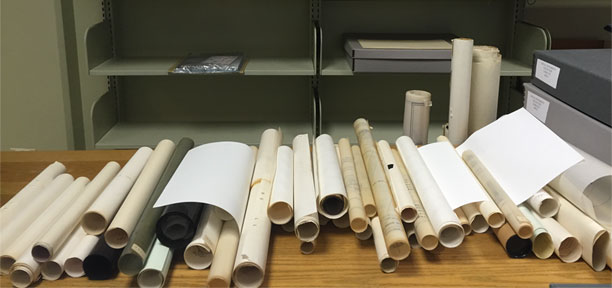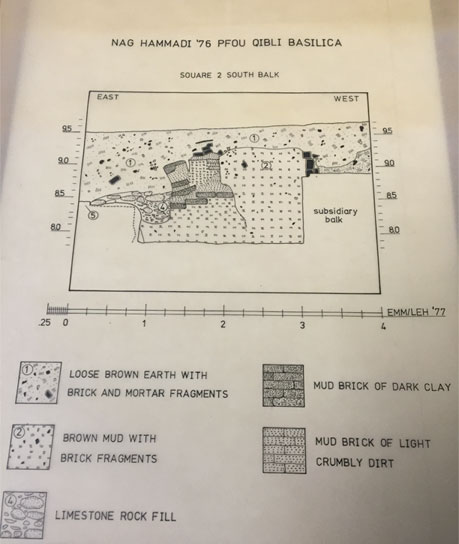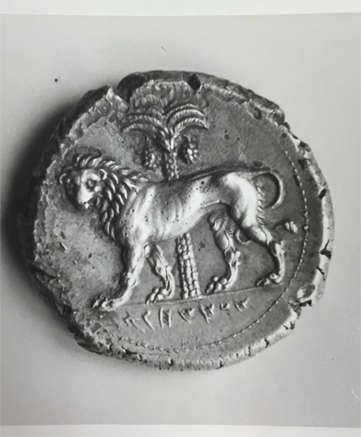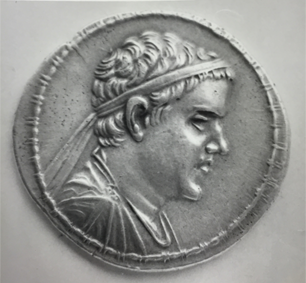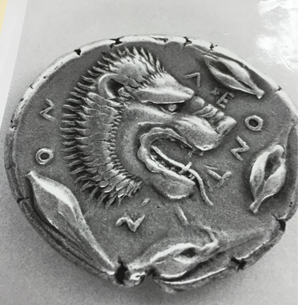Well, my time here as a CCEPS Fellow is nearing its end. Last week all three of us CCEPS Fellows had the pleasure of giving a presentation on what we have been doing the past semester. Giving a presentation is a fantastic way to punctuate our time at CCEPS. It allowed us to give our own insight into the work we have been doing behind the “glass wall” and what it has meant to us individually.
For me, this was a way to gain the crucial skills and experience necessary to make it to the next level in my academic and professional endeavors. My presentation centered on that Nag Hammadi portion of the IAC Collection and what I have learned from it. Going through this collection gave me the chance to learn about a religion I had no understanding of but faced it with an unbridled enthusiasm that I made a point to mention in the presentation. The eagerness I had at the beginning of the semester never waned as the end approached.
Not only was I able to learn about a subject I know nothing about but I was able to learn more about myself as a historian and archivist. I was able to test my knowledge gained in the classroom in a real setting. The setup of the program forces you to think about your next move and to not be afraid to reach out to peers or superiors when things become overwhelming. I was also able to learn and expand on my own capabilities as a student and professional.
Despite my time at CCEPS coming to an end, there is still much to be done. Not in the sense of moving boxes and organizing a collection but in the small details that remain. One thing to keep in mind is that there is always work to be done that can improve a collection and its finding aid. This improving extends beyond the collection and to an archives as a whole. An archive is more than just a storage room for history. It gives life back to forgotten histories and shows that the value of archival collections can go beyond that of the researcher and can reach the public in new ways.
